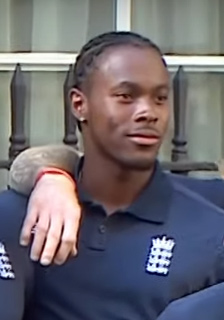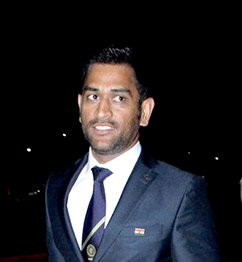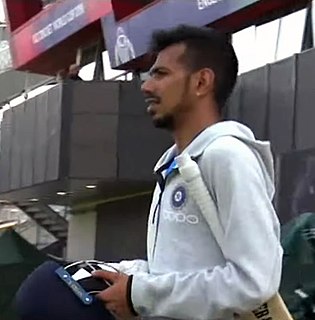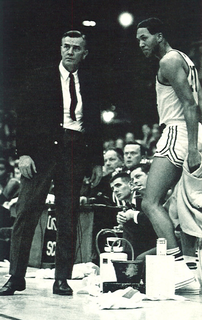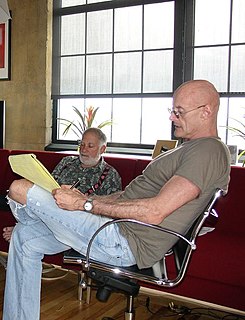A Quote by Isa Guha
That's how cricket should be broadcast. Ball-by-ball calling is important but you've got to be lighthearted like you're down the pub with your mates.
Related Quotes
As the skipping rope hit the pavement, so did the ball. As the rope curved over the head of the jumping child, the child with the ball caught the ball. Down came the ropes. Down came the balls. Over and over again. Up. Down. All in rhythm. All identical. Like the houses. Like the paths. Like the flowers
The fun part of golf is the variety of shots. In football you can do anything with a ball, but you can do anything with a golf ball as well. When you hit a shot and the ball does exactly what you want it to do ... that's wonderful. It's just great when you hit the ball well. You should always try not to make the ball cry.
Anyone who has played the game professionally, you're always taught that the ball is the most important, most precious thing, so when the ball hits the ground, it's always a mad scramble. It's amazing how many times there is a fumble, and the person who recovers it initially doesn't walk away with the ball.
When covering the man with the ball, the defense should be able to touch the ball with his hand. He should assume this touching position as the ball is being received. When the ball is received, the defense should discourage the pass into the post area. The hands should be kept up. Keeping the hands up reduces a tendency to foul and allows a player to move his hands quickly.



